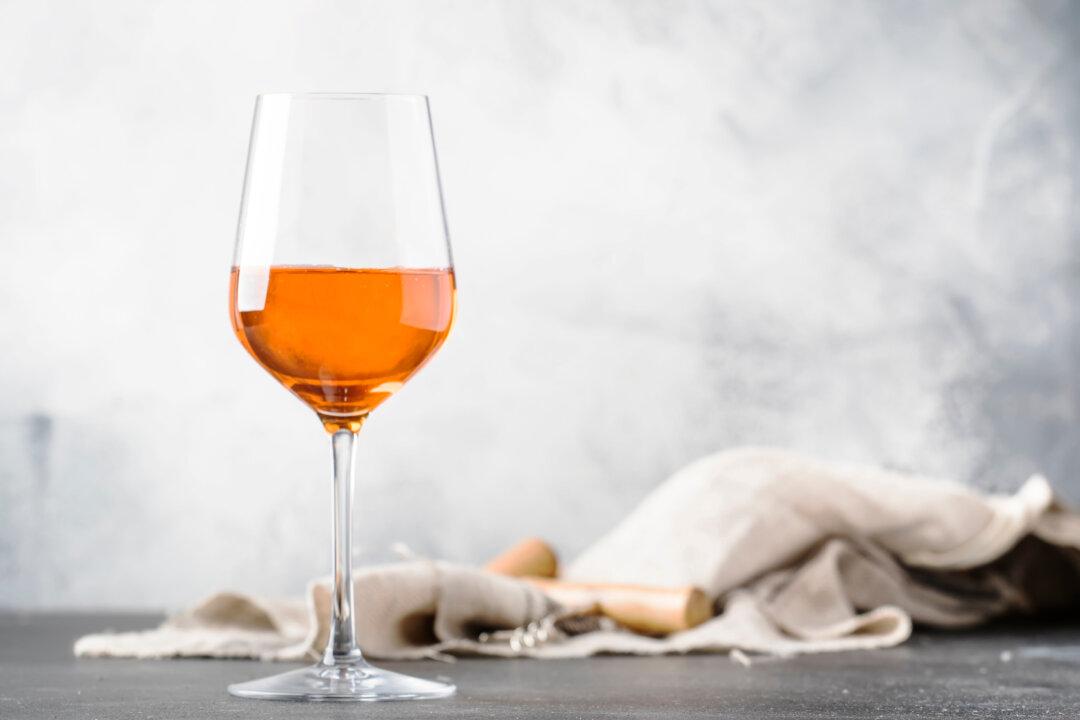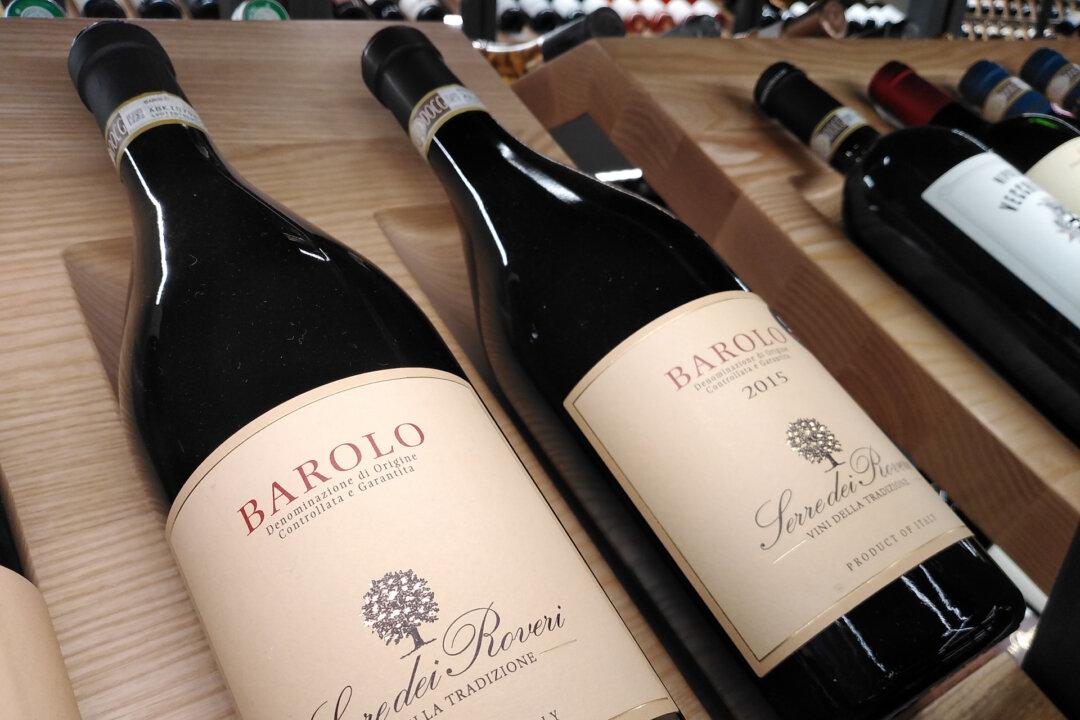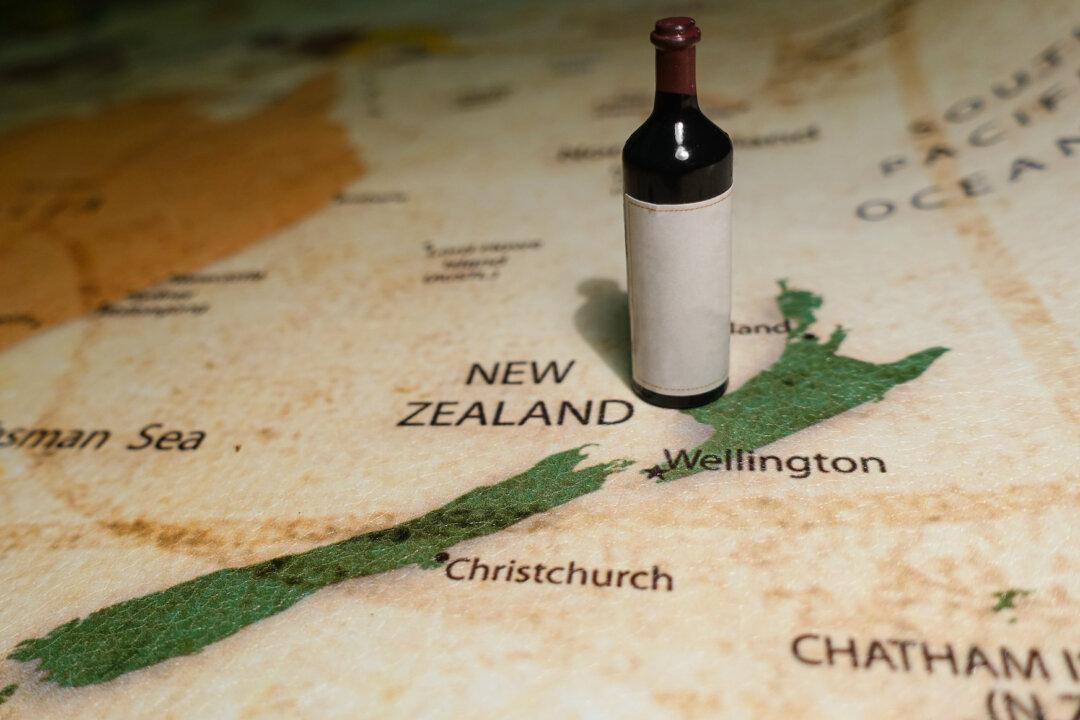More places around the world make wine today than ever before, and part of the reason is that global climate change has moderated the temperatures in places that once were so cold in winter that they often led to vines freezing and dying.
Because temperatures have risen, winter doesn’t automatically spell doom for the more traditional grapevines, which has led to far more places focusing on making dry wine that’s more traditional than it once was.
Michigan, Wisconsin, Idaho, Minnesota, and New Mexico wineries today produce some excellent wines. The only real drawback they face is the historic disparagement that goes with wines from places that previously didn’t make much worth drinking. Today, you can find a lot of fine wine in places that once struggled to make anything palatable.
The other benefit is that some of these relatively obscure regions now also produce more than one or two grape varieties that are not only interesting but can be exciting. The problem is, again, locals often don’t know how good these wines can be. Here are just a few of the local winners:
Virginia
Viognier, cabernet franc, and petit verdot now star in the state that Thomas Jefferson always hoped could be wine country. I’ve tasted several Virginia wines that are world-class and compete with the best anywhere, including cabernet sauvignon.Minnesota
Many special hybrids, known locally as the Minnesota varieties, now produce remarkably tasty wines. Included are (whites) la crescent and brianna, and (reds) frontenac and marquette.Michigan
Besides exceptional rieslings of all sweetness levels, Michigan’s twin upper peninsulas today produce superb reds from gamay noir, blaufränkisch, and several other varieties.Midwest
Literally, two dozen hybrid grape varieties flourish in the U.S. heartland such as vignoles, norton, edelweiss, seyval, traminette, and vidal.Some of the more traditional wine-growing locations around the world include some that focus on certain grape varieties that claim dominance. Most wine lovers already know about them, but even here, new varieties are springing up all the time.
Piedmont
In this northern Italian district, nebbiolo is the unquestioned king of red wines, especially since it produces one of the most long-lived of reds, barolo.However, even when it’s made as a lower-priced version, like Langhe nebbiolo, the wine can be special. Now, we’re beginning to see a wider selection of barbera wines from the same district and at fair pricing.
South Africa
The widely planted chenin blanc grape makes some of the more interesting wines coming in from South Africa. Also, its classic and slightly warmer regions also produce exceptional red wines, like cabernet and pinotage.New Zealand
Most American wine buyers adore sauvignon blanc from this two-island nation in the Southern Hemisphere, but within the past decade, we’ve begun to see some remarkable NZ pinot noirs from a half dozen different regions. And very soon, cooler climate syrah from New Zealand will play a much more important role for American buyers.France
This is where great wine began, and most of the world’s paradigms are still produced in their original styles here. One truly new thing here is dry rosé wines from Provence and other southern French districts, many of which are now staples in wine stores that specialize in distinctive springtime sipping wines.Germany
Almost everyone who loves fine wine appreciates some form of German riesling. One new thing here is that demand for the drier rieslings has risen significantly in the past two or three years. Thus, riesling pricing has risen as well.Now, however, the latest word is that Germany’s slight increase in temperature due to global climate change has given winemakers there an opportunity to make truly magnificent pinot noirs, the best of which are now selling here for elevated prices.
Wine of the Week
2021 Brancott Sauvignon Blanc, New Zealand “Flight Song” ($16): The largest winery in New Zealand began making a low-alcohol, low-calorie sauvignon blanc more than a decade ago and it was quite a success. The company’s latest effort is 20 percent lower in calories than its traditional wine because it has only 9 percent alcohol. It has the traditional herbal aromatics you would expect to find in a New Zealand sauvignon blanc, but the taste is a little lighter and simpler, and slightly sweet. An appealing alternative in a lower-alcohol style of wine.




